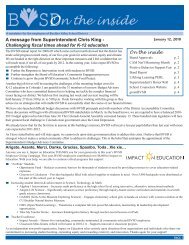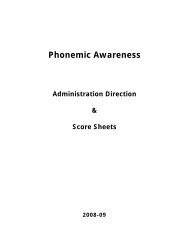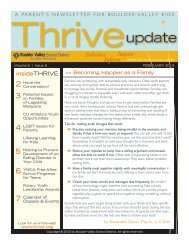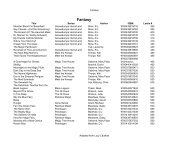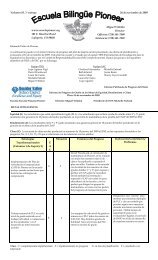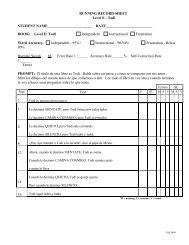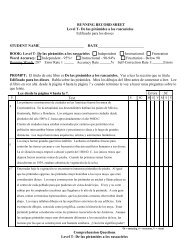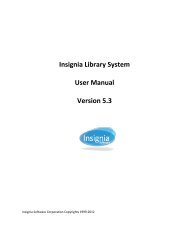High School Auto/Collision II Curriculum Essentials Document
High School Auto/Collision II Curriculum Essentials Document
High School Auto/Collision II Curriculum Essentials Document
Create successful ePaper yourself
Turn your PDF publications into a flip-book with our unique Google optimized e-Paper software.
RWC10-GR.11-<br />
S.4-GLE.2-EO.a<br />
ESSK.01.02.g<br />
RWC10-GR.11-S.4-<br />
GLE.1-EO.d<br />
subject matter.<br />
Analyze the logic of complex situations by questioning the purpose, question<br />
at issue, information, points of view, implications and consequences,<br />
inferences, assumptions and concepts<br />
Evaluate oral and written information for accuracy, adequacy/sufficiency,<br />
appropriateness, clarity, conclusions/solutions, fact/opinion, propaganda,<br />
relevancy, validity, and relationship of ideas.<br />
Evaluate quality, accuracy, and completeness of information and the<br />
bias, credibility and reliability of the sources<br />
RWC10-GR.9-S.1-GLE.2-EO.e Evaluate arguments and evidence<br />
RWC10-GR.9-S.2-<br />
GLE.2-EO.c<br />
Evaluate clarity and accuracy of information through close text study<br />
and investigation via other sources<br />
ESSK.01.02.h Identify assumptions, purpose, outcomes/solutions, and propaganda techniques.<br />
RWC10-GR.11-S.4-<br />
GLE.1-EO.d<br />
RWC10-GR.11-<br />
S.4-GLE.3-EO.a<br />
RWC10-GR.11-<br />
S.4-GLE.3-EO.b<br />
Evaluate quality, accuracy, and completeness of information and the<br />
bias, credibility and reliability of the sources<br />
Analyze the purpose, question at issue, information, points of view,<br />
implications and consequences, inferences, assumptions, and concepts<br />
inherent in thinking<br />
Assess strengths and weaknesses of thinking and thinking of others by using<br />
criteria including relevance, clarity, accuracy, fairness, significance, depth,<br />
breadth, logic, and precision<br />
RWC10-GR.12-S.4-GLE.2-EO.c Identify false premises or assumptions<br />
ESSK.01.02.i<br />
RWC10-GR.12-<br />
S.2-GLE.2-EO.e<br />
ESSK.01.02.j<br />
RWC10-<br />
GR.10-S.3-<br />
GLE.3-EO.a<br />
RWC10-<br />
GR.12-S.1-<br />
GLE.1-EO.a<br />
Predict potential outcomes and/or solutions based on oral and written<br />
information regarding trends.<br />
Obtain and use information from text and text features (index, bold or<br />
italicized text, subheadings, graphics) to answer questions, perform specific<br />
tasks, or identify and solve problems<br />
Present formal and informal speeches including discussion, information requests,<br />
interpretation, and persuasive arguments.<br />
Demonstrate command of the conventions of standard English grammar and<br />
usage when writing or speaking. (CCSS: L.9-10.1), i. Use parallel structure.<br />
(CCSS: L.9-10.1a), ii. Distinguish between the active and passive voice, and<br />
write in the active voice, iii. Use various types of phrases (noun, verb, adjectival,<br />
adverbial, participial, prepositional, absolute) and clauses (independent,<br />
dependent; noun, relative, adverbial) to convey specific meanings and add<br />
variety and interest to writing or prese<br />
Present information, findings, and supporting evidence, conveying a clear and<br />
distinct perspective, such that listeners can follow the line of reasoning,<br />
alternative or opposing perspectives are addressed, and the organization,<br />
development, substance, and style are appropriate to purpose, audience, and a<br />
range of formal and informal tasks. (CCSS: SL.11-12.4)<br />
6/25/2012 BVSD <strong>Curriculum</strong> <strong>Essentials</strong> 24



